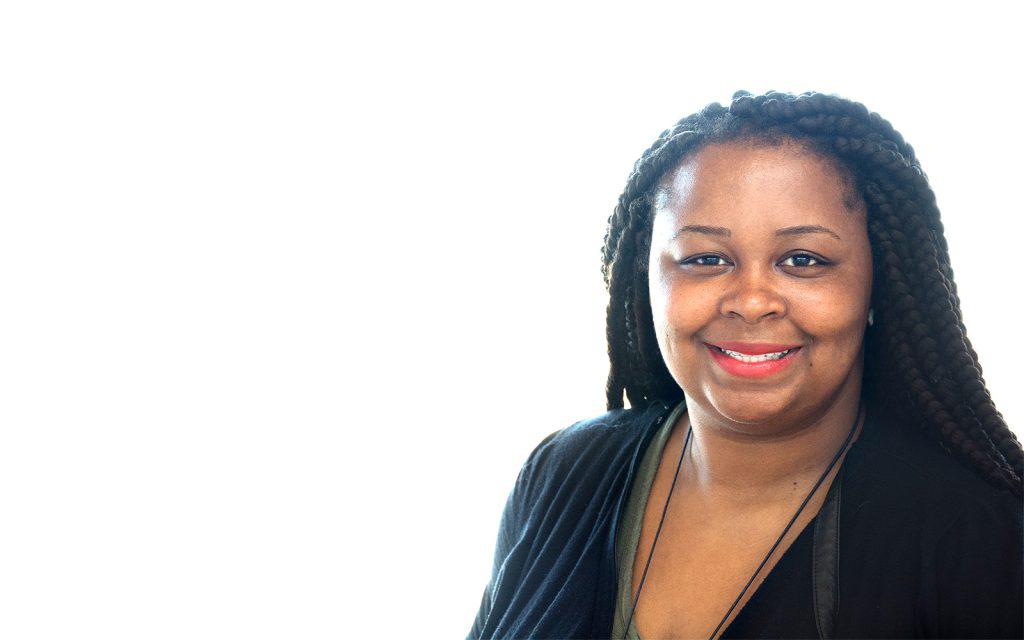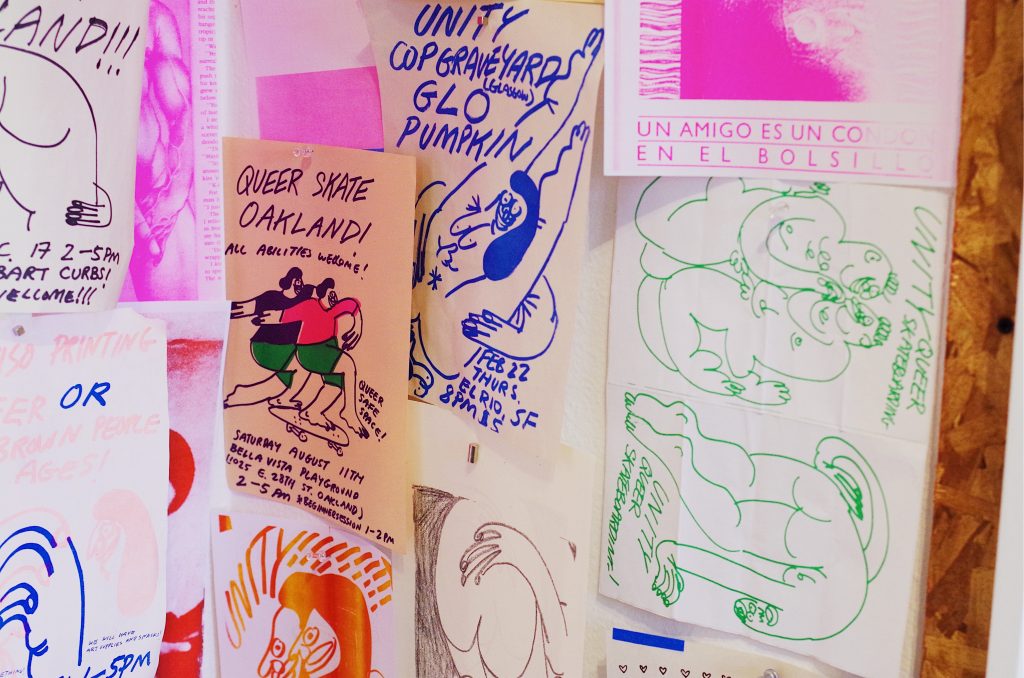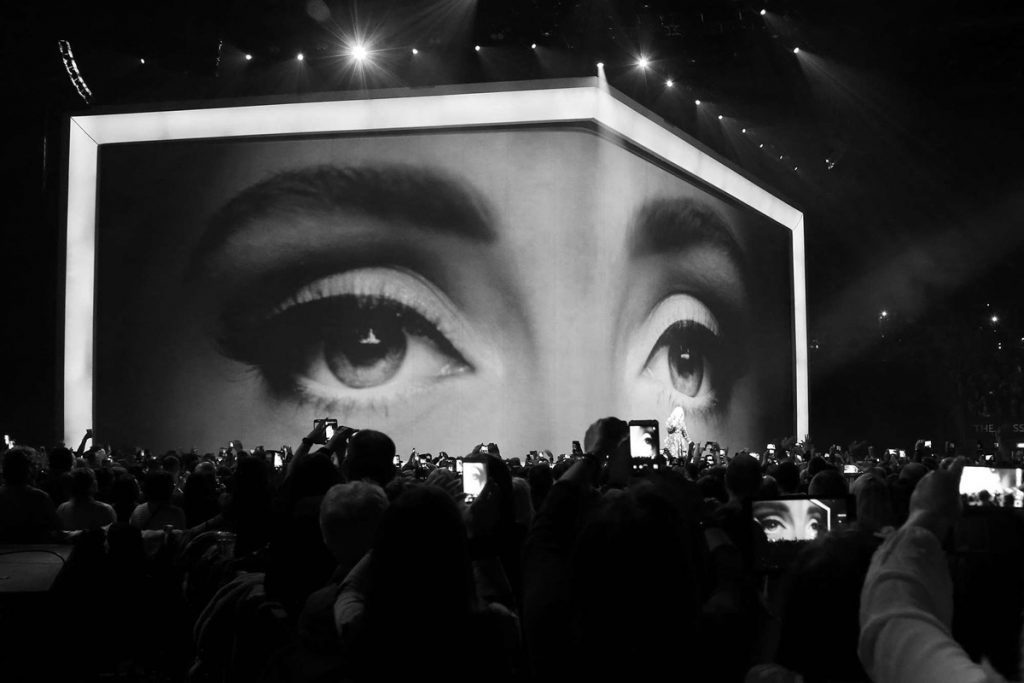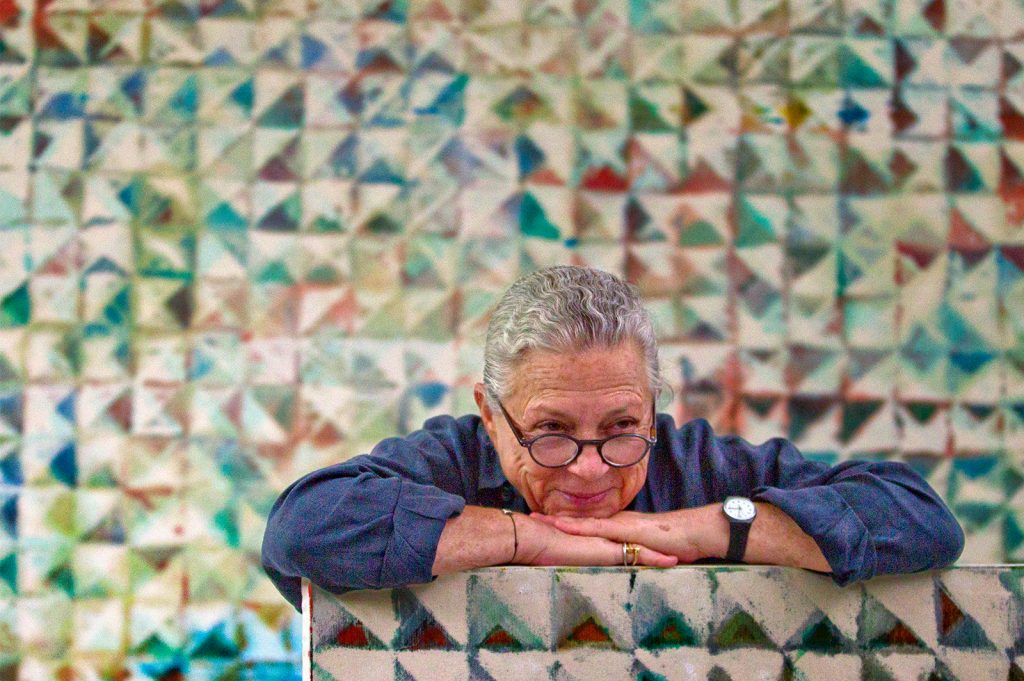Best of CH 2018: Interviews + Studio Visits
Discussions, drop-ins and dialogue with artists, designers, entrepreneurs and more

Throughout the year (and as with previous years) some of our favorite experiences have been conversations with artists, designers, inventors and thinkers of all kinds. The insights gleaned and stories told are invaluable, and the team at CH relishes in the opportunity to share them. Whenever someone is gracious enough to invite us into their workspace, even more is discovered. From the space itself (and all the nuanced details) to tales of successes and failures—it all offers us information, entertainment and satiates a little curiosity.

Interview: Antionette Carroll, TED Fellow and Founder of Creative Reaction Lab
St. Louis-based Creative Reaction Lab (CRL) actively works with communities, specifically their youth, to devise plans aimed at overcoming systemic disadvantages—from racial and economic inequities to social and cultural limitations and policy that disproportionately separates minorities in the education and housing sectors. Through CRL’s programming, young people interested in entrepreneurship, creativity, community development and design learn how their interests can make changes in their community and help in the fight for justice. CRL’s founder, president and CEO, Antionette Carroll, approaches design as a tool—more problem-solving than poster-making.

Skating to Equality With Artist Jeffrey Cheung
Artist and skater Jeffrey Cheung is defining a new era for skateboarding, pushing the culture to be more colorful and diverse. As a co-founder of Unity Press & Skateboarding, Cheung is creating a zone to represent and support queer skaters—and he has been thriving at this mission. We spoke with Cheung about his artistic, personal and professional motivations—and what it means to be part of skating culture in 2018.

Studio Visit: Digital Artist Yang Yongliang
A few meters from the Bund—the iconic promenade in Shanghai that offers a picture postcard view of booming urban China—an Art Deco building raised in 1931 hosts a cluster of creative studios. Here, digital artist Yang Yongliang—an explorer of new Chinese aesthetics—conceives his pieces. At the age of 25, Yongliang decided that he wanted to be a full-time artist after receiving training in applied arts and graphic design, and working a brief stint in the advertising industry. As he recalls, “When I was a kid I studied traditional painting and calligraphy for many years. I was a very lively kid, and painting was the only thing that would keep me quiet.”

Jean-Michel Cousteau: Ambassador of the Oceans
It’s a well-known story: Jean-Michel Cousteau’s lifelong mission of education, conservation and exploration began in 1945, when, at seven years old, he was “thrown overboard” and into the ocean by his famous father. Now 80, Cousteau is still diving. On a visit to Grand Cayman, we spent time with Cousteau—whether snorkeling or watching his recent documentary—and he was quick to discuss his findings, fears and hopes with us.
Image courtesy of Sidai Designs
Studio Visit: Sidai Designs, Tanzania
Just north of Arusha, Tanzania‘s historic Clock Tower, the jewelry workshop of Sidai Designs is tucked behind gates of their headquarters. In the garden, Maasai women sit under the trees hand-pulling pieces of recycled grain sack to twist into thread. They meticulously stitch glass beads one by one onto soft leather bracelets and necklaces. Dressed in colorful traditional clothes, the women hum as they work, often taking moments to stretch, sing and jump together in a Maasai dance.

Interview: Architect Carlo Ratti on Cities and Connection
Thinker, researcher and entrepreneur Carlo Ratti is particularly passionate about defining life in the cities of the future. His goal is not the conception of bigger and grander cities, but cities that genuinely interact with their citizens—and vice versa. He does this within the context of his job as director of MIT Senseable City Lab, as well as in his own design and innovation firm Carlo Ratti Associati, and workshops all over the world. We spoke with Ratti during the Barcelona Design Summit where he gave the commencement speech.

Isabelle Legeron, Founder of RAW Wine Wine
The renaissance of natural wine, in the way its replacing more commercial wines in the retail and consumer spaces, is far from over. Numbers wise, this is barely the beginning. The craze, explained succinctly as goodhearted and in the spirit of generational craftsmanship, can be attributed to a few things: the heightened expectations we’ve set for what we eat and drink, the trendiness of wellness and organic sourcing, among other things. But for someone like Isabelle Legeron—France’s only female Master of Wine, an author and the founder of the Raw Wine Fair—rejecting commercialized wine in favor of more natural, organically and sustainably produced versions is simply common sense.

Interview: Dana Gleason of Mystery Ranch
Dana Gleason, the designer behind self-titled backpack label Dana Design—a brand that ruled the outdoor pack market during the ’90s—has always found solid ground in individuality. Mystery Ranch, founded in 2000, is his second label alongside long-time business partner Renee Sippel-Baker. Though the brand was founded nearly two decades ago, its more recently-acquired popularity in the mainstream market seemed to unfurl quite suddenly. Earlier this year, we spoke to Gleason about Mystery Ranch, Dana Design, and how longstanding relationships and sudden demand, especially in unexpected markets, differ.

Interview: Designer Es Devlin
Es Devlin played the violin while growing up in East Sussex. But, the British designer told the crowd at Design Indaba’s conference, she also drew pictures of her violin. With instruments, she was always curious about “what went into it visually to make it sound like that.” After her career designing sets for experimental theaters in London took off, she returned to thinking pictorially about instruments, but as they related to human vocals. “I was keen to see, ‘Is there another way to translate from a singer’s voice to a visual manifestation of that?’” We spoke with the artist/designer/stage sculptor to learn more about her creative process.

Lynne Golob Gelfman on Process and Her New Show at Perez Art Museum Miami
The Pérez Art Museum Miami unveiled the most comprehensive showing ever of Lynne Golob Gelfman‘s work this year. The show, Grids, featured 20 of Gelfman’s paintings—spanning various series, inspirations and methods since she began painting in 1971. The traditionally trained artist has forged a longstanding career built on rule-bending and convention-breaking. Perhaps the most notable instance being her purposeful painting on the backs of her canvases. The established grid is then disrupted by the paint from the back bleeding through to the front. It turns into something new entirely.












